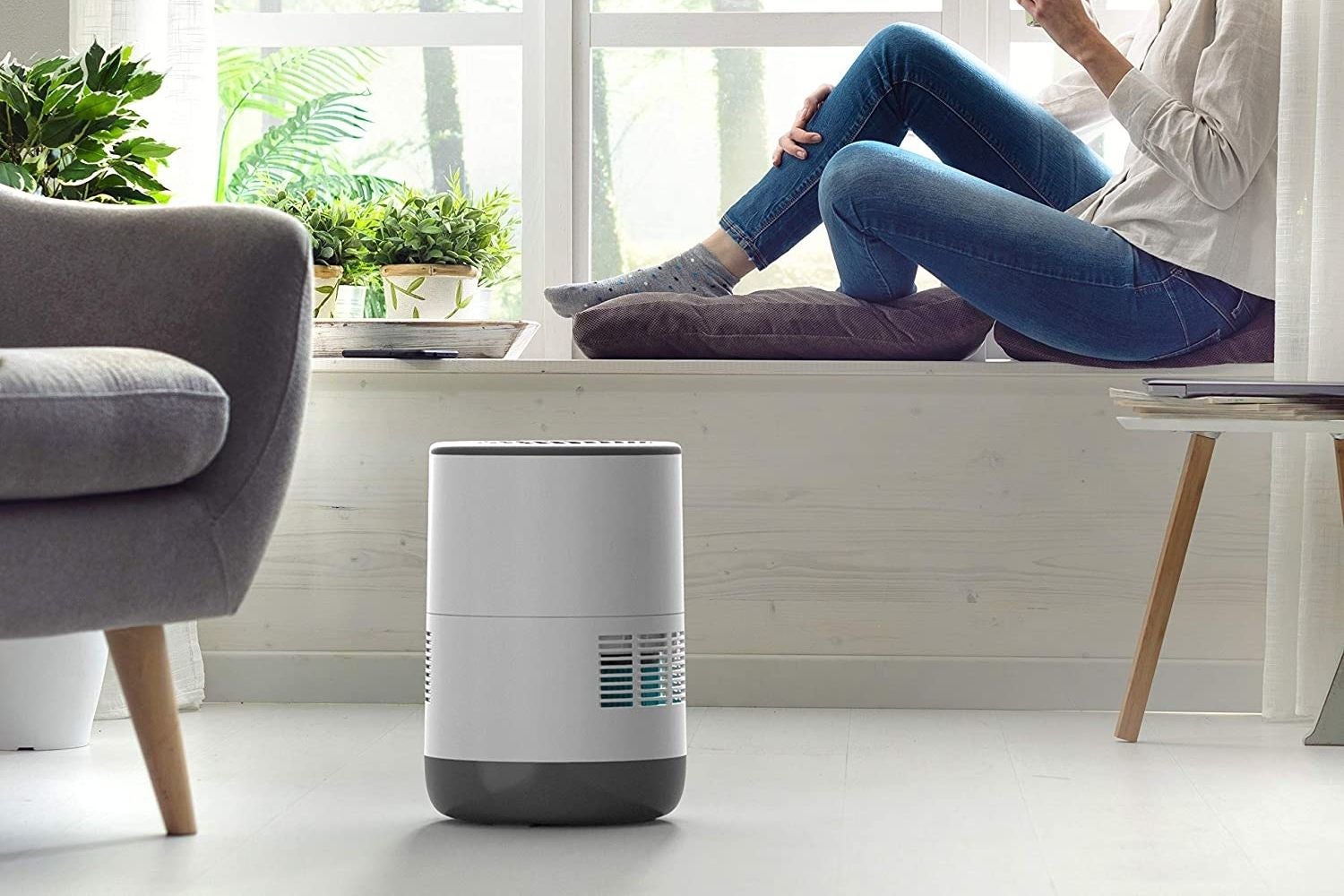

Articles
What Is Evaporative Humidifier
Modified: January 7, 2024
Discover the benefits and functionality of evaporative humidifiers in our informative articles. Learn how they work and why they are essential for maintaining optimal indoor air quality.
(Many of the links in this article redirect to a specific reviewed product. Your purchase of these products through affiliate links helps to generate commission for Storables.com, at no extra cost. Learn more)
Overview
An evaporative humidifier is a device that adds moisture to the air in a room or enclosed space. It utilizes the principle of evaporation to increase the humidity levels, making the air more comfortable and beneficial for your health. This type of humidifier is popular for its simplicity, effectiveness, and affordability.
Evaporative humidifiers work by drawing in dry air from the surrounding environment and passing it through a moistened filter or wick. As the dry air comes into contact with the moist surface, water molecules evaporate and are released into the air, increasing its humidity. The humidified air is then circulated back into the room, providing relief from dryness and promoting optimal indoor conditions.
One of the key advantages of evaporative humidifiers is that they do not require any heat or electricity to operate. The process of evaporation is natural and energy-efficient, resulting in a cost-effective solution for maintaining adequate humidity levels. Additionally, evaporative humidifiers are considered safe to use, as there is no risk of overheating or scalding compared to other types of humidifiers.
Another benefit of evaporative humidifiers is that they can help alleviate various respiratory conditions and improve overall health. Dry air can cause discomfort, leading to issues such as dry skin, chapped lips, and irritated nasal passages. By increasing the humidity, evaporative humidifiers can provide relief from these symptoms and prevent further complications, especially during winter or in dry climates.
Moreover, maintaining the right humidity levels in your home can have a positive impact on your respiratory system. Dry air can exacerbate respiratory conditions like allergies, asthma, and sinus problems. By adding moisture to the air, evaporative humidifiers can help reduce congestion, soothe irritated airways, and promote easier breathing.
While evaporative humidifiers offer numerous benefits, it’s important to consider some drawbacks as well. One limitation of this type of humidifier is that they are not suitable for use in areas with high humidity levels or damp climates. Since evaporative humidifiers add moisture to the air based on the surrounding conditions, using them in already humid environments may lead to excessive moisture levels, potentially causing mold or mildew growth.
Furthermore, evaporative humidifiers require regular maintenance to ensure optimal performance and prevent bacterial growth. The filters or wicks used in these humidifiers need to be cleaned or replaced periodically to avoid the accumulation of mineral deposits or microbial contaminants. Failure to maintain and clean the humidifier can result in poor air quality and inefficient moisture output.
Overall, evaporative humidifiers offer an effective and affordable solution for maintaining proper humidity levels in your home. By choosing the right humidifier for your needs and following proper maintenance practices, you can enjoy the benefits of improved air quality, enhanced respiratory health, and increased overall comfort.
Key Takeaways:
- Evaporative humidifiers use natural evaporation to add moisture to the air, improving respiratory health, preventing dry skin, and preserving wood and furniture. They are cost-effective, eco-friendly, and easy to maintain.
- When choosing an evaporative humidifier, consider factors such as room size, noise level, water type compatibility, and maintenance requirements. Proper maintenance is essential to ensure optimal performance and clean, healthy air output.
Read also: 9 Amazing Evaporative Humidifier for 2024
How Evaporative Humidifiers Work
Evaporative humidifiers work on a simple and natural principle – evaporation. They consist of a fan, a water reservoir, and a wick or filter. The process starts with the fan drawing in dry air from the room and directing it towards the water reservoir.
The water reservoir is filled with water that is then absorbed by the wick or filter. The wick or filter acts as a medium, holding the water and allowing it to be exposed to the dry air passing through the humidifier.
As the dry air flows through the wick or filter, it comes into contact with the moist surface. This contact causes the water to evaporate into the air, adding moisture to it and increasing the humidity levels.
The now humidified air is then released back into the room, improving the overall humidity and providing relief from dryness. The cycle continues as the fan continuously draws in dry air and passes it through the moistened wick or filter.
Evaporative humidifiers have an adjustable humidity control feature that allows you to regulate the level of humidity in the room. This ensures that the humidity levels are maintained within a comfortable range for optimal health and comfort.
One of the advantages of this type of humidifier is that it does not require electricity to create humidity. Unlike ultrasonic or steam humidifiers that use energy to create vapor, evaporative humidifiers rely on the natural process of evaporation. This makes them more energy-efficient and environmentally friendly.
Evaporative humidifiers also have the ability to filter out impurities from the water. The wick or filter acts as a barrier, trapping minerals, dust, and other particles from the water before it evaporates into the air. This helps to improve the quality of the air by reducing the presence of airborne pollutants.
However, it is important to note that the effectiveness of evaporative humidifiers can vary depending on factors such as room size, external humidity levels, and the quality of the water used. Larger rooms may require multiple humidifiers to ensure adequate coverage, while areas with high humidity may not benefit from the use of evaporative humidifiers.
In summary, evaporative humidifiers work by utilizing the natural process of evaporation to add moisture to the air. They are simple to use, energy-efficient, and provide relief from dryness and its associated symptoms. By understanding how evaporative humidifiers work, you can make an informed decision when selecting a humidifier for your home or office.
Benefits of Evaporative Humidifiers
Evaporative humidifiers offer a range of benefits that contribute to improved indoor air quality and overall well-being. Here are some of the advantages of using an evaporative humidifier:
1. Improved Respiratory Health: Dry air can cause irritation in the respiratory system, leading to dry throat, coughing, and congestion. Evaporative humidifiers increase humidity levels, moisturizing the air and providing relief from these symptoms. This can be especially beneficial for individuals with allergies, asthma, or other respiratory conditions.
2. Prevention of Dry Skin and Lips: Dry air can cause skin to become dry, itchy, and flaky. It can also lead to chapped lips. Evaporative humidifiers help to add moisture to the air, preventing these issues and promoting healthier skin and lips.
3. Reduced Risk of Infections: Dry air can contribute to the spread of viruses and bacteria, as they thrive in low humidity environments. By maintaining optimal humidity levels, evaporative humidifiers help to reduce the risk of respiratory infections and other illnesses caused by airborne pathogens.
4. Improved Sleep Quality: Dry air can lead to discomfort during sleep, such as dry throat and nasal passages, which can disturb your sleep. Evaporative humidifiers provide a more comfortable sleep environment by adding moisture to the air, helping you to wake up refreshed.
5. Preservation of Wood and Furniture: Low humidity levels can cause wooden furniture, floors, and musical instruments to dry out and crack. Evaporative humidifiers help to maintain proper moisture levels in the air, preventing damage and extending the lifespan of your belongings.
6. Energy Efficiency: Evaporative humidifiers do not require electricity to produce humidity. They rely on the natural process of evaporation, making them energy-efficient and cost-effective to operate.
7. Natural and Eco-Friendly: Evaporative humidifiers do not use any chemicals or produce any emissions, making them a natural and eco-friendly choice for maintaining proper humidity levels in your home or office.
8. Easy to Use and Maintain: Evaporative humidifiers are generally easy to set up and operate. They typically have removable and washable filters or wicks that need to be cleaned or replaced regularly for optimal performance. Routine maintenance helps to ensure clean and healthy air output.
9. Quiet Operation: Unlike some other types of humidifiers, evaporative humidifiers tend to operate quietly, making them suitable for use in bedrooms, offices, and other quiet spaces.
10. Safe to Use: Evaporative humidifiers do not produce hot steam or pose a risk of burns. They are safe to use around children and pets.
In summary, evaporative humidifiers offer multiple benefits, including improved respiratory health, prevention of dry skin, reduced risk of infections, improved sleep quality, preservation of wood and furniture, energy efficiency, eco-friendliness, ease of use and maintenance, quiet operation, and safety. By incorporating an evaporative humidifier into your indoor environment, you can enjoy the advantages of enhanced air quality and overall well-being.
Drawbacks of Evaporative Humidifiers
While evaporative humidifiers have many advantages, it is important to consider their drawbacks as well. Here are some potential limitations of using an evaporative humidifier:
1.
2. Regular Maintenance: Evaporative humidifiers require regular maintenance to ensure optimal performance. The filters or wicks used in these humidifiers can become clogged with mineral deposits or collect microbial contaminants over time. Failure to clean or replace the filters can lead to poor air quality and inefficient moisture output.
3. Noisy Operation: While evaporative humidifiers tend to operate quietly, some models may produce noise from the fan or water movement. This noise can be a distraction, especially in quiet environments such as bedrooms or offices.
4. Limited Coverage Area: Evaporative humidifiers are designed to work effectively within a certain coverage area. Larger rooms may require multiple units to achieve the desired humidity levels. It is important to consider the size of the room when selecting an evaporative humidifier to ensure adequate coverage.
5. Water Quality: The quality of the water used in an evaporative humidifier can impact its performance and longevity. Hard water with high mineral content can cause mineral buildup on the filter or wick, reducing its effectiveness. Using distilled water or water with low mineral content can help minimize this issue.
6. Potential for Over-Humidification: If not properly controlled, an evaporative humidifier can introduce excessive humidity into the room. This can lead to problems such as condensation on windows or walls, which can promote the growth of mold or mildew. Monitoring and adjusting the humidity level is important to avoid over-humidification.
7. Higher Electricity Consumption in Drier Climates: While evaporative humidifiers are generally energy-efficient, they may consume more electricity in drier climates where the humidity difference between the indoor and outdoor environments is significant. The unit needs to work harder to achieve and maintain desired humidity levels.
8. Visible Water Vapor: Evaporative humidifiers release moisture into the air in the form of water vapor. In some cases, this can result in visible white dust settling on surfaces near the humidifier. This dust is usually composed of minerals present in the water. Using distilled or demineralized water can help minimize this issue.
It is important to weigh these drawbacks against the benefits when considering the use of an evaporative humidifier. By understanding these limitations and properly addressing them, you can maximize the effectiveness and performance of your humidifier while ensuring a healthy and comfortable indoor environment.
When using an evaporative humidifier, make sure to regularly clean and change the water to prevent the growth of mold and bacteria. This will ensure that the humidifier is effectively adding moisture to the air without spreading harmful particles.
Choosing the Right Evaporative Humidifier
When selecting an evaporative humidifier, there are several factors to consider to ensure it suits your specific needs. Here are some key points to keep in mind when choosing the right evaporative humidifier:
1. Room Size: Consider the size of the room or area that you want to humidify. Different humidifiers have different coverage capacities, so it’s important to choose a humidifier that can effectively humidify the desired space. Manufacturers typically provide guidance on the suitable room size for each model.
2. Humidification Capacity: Check the humidification capacity of the humidifier, usually measured in gallons or liters per day. This indicates the amount of moisture the humidifier can add to the air within a 24-hour period. Ensure that the capacity matches the humidity requirements of your space.
3. Noise Level: Consider the noise level of the humidifier. If you plan to use it in bedrooms or quiet areas, look for models that operate quietly or have a “sleep mode” to minimize noise disturbance during sleep or work.
4. Adjustable Humidity Control: Look for a humidifier with adjustable humidity control settings. This feature allows you to set and maintain the desired humidity level in your room. Some models have built-in hygrometers that measure the humidity and automatically adjust the humidifier’s operation.
5. Water Tank Size: Check the capacity of the water tank. A larger water tank will allow for longer operation between refills. However, keep in mind that larger tanks may result in a bulkier or heavier humidifier.
6. Water Type Compatibility: Consider the compatibility of the humidifier with the water available in your area. Some humidifiers may be more prone to mineral buildup or clogging when used with hard water. If you have hard water, consider using distilled or demineralized water or choose a humidifier with a built-in water filter to reduce mineral deposits.
7. Additional Features: Explore extra features that may enhance convenience or usability. This could include a digital display, automatic shut-off when the water tank is empty, timer settings, or a remote control for easy operation.
8. Maintenance Requirements: Review the maintenance requirements of the humidifier. Determine whether the filters or wicks need to be replaced regularly, and consider the availability and cost of replacements. Look for models with easy-to-clean components or dishwasher-safe parts to simplify maintenance.
9. Budget: Set a budget and look for humidifiers within that range. Consider the upfront cost of the unit, as well as any ongoing maintenance costs for filters or replacement parts.
10. Read Reviews: Before making a final decision, read customer reviews and ratings to gather insights on the performance, reliability, and durability of the humidifier you are considering. This can provide valuable information from real users and help you make an informed choice.
By considering these factors and evaluating your specific requirements, you can choose the right evaporative humidifier that meets your needs, provides optimal humidity levels, and enhances your indoor comfort and well-being.
Read more: What Is An Evaporative Air Conditioner
Maintenance Tips for Evaporative Humidifiers
Regular maintenance of your evaporative humidifier is essential to ensure its optimal performance, prevent the growth of bacteria or mold, and prolong its lifespan. Here are some maintenance tips to keep your humidifier in good working condition:
1. Follow Manufacturer’s Instructions: Read and follow the manufacturer’s instructions for your specific humidifier model. They will provide detailed guidelines on maintenance procedures, including cleaning, filter replacement, and water tank care.
2. Regularly Clean the Humidifier: Clean your evaporative humidifier at least once a week, or more frequently if recommended by the manufacturer. Empty the water tank, rinse it thoroughly, and wipe it dry with a clean cloth. Use a mild detergent or vinegar solution to clean the inside of the tank and any removable parts, such as the filter or wick.
3. Replace or Clean the Filter/Wick: Depending on the model, the filter or wick in your humidifier may need to be replaced or cleaned periodically. Refer to the manufacturer’s instructions for guidance on the recommended replacement schedule or cleaning method. A dirty or clogged filter can hinder the humidifier’s performance and compromise air quality.
4. Use Clean Water: Use clean, preferably distilled or demineralized water in your humidifier to minimize mineral buildup and prevent clogging. Avoid using tap water that may contain impurities and minerals that can accumulate over time.
5. Regularly Disinfect the Humidifier: Disinfect your humidifier every few weeks, or as recommended by the manufacturer. Fill the water tank with a solution of one part white vinegar and two parts water. Let it sit for about 30 minutes, then rinse thoroughly with clean water. This helps to remove any bacteria or mold growth and maintain clean, healthy air output.
6. Clean the Diffuser/Nozzle: If your evaporative humidifier has a diffuser or nozzle, clean it regularly to prevent clogging. Remove and soak the diffuser in vinegar or use a small brush to gently clean the nozzle openings. This ensures proper airflow and distribution of moisture.
7. Inspect for Leaks: Regularly check for any signs of leaks or water buildup around your humidifier. Address any leaks promptly to avoid damage to the unit or surrounding surfaces. Replace worn-out seals or gaskets as needed.
8. Store Properly: If you are not using your evaporative humidifier for an extended period, make sure to clean and dry it thoroughly before storing it. Store it in a cool, dry place, and follow the manufacturer’s instructions for proper storage procedures.
9. Monitor Humidity Levels: Regularly monitor the humidity levels in the room using a hygrometer. This helps you to determine if adjustments are needed in the humidifier settings. Keeping humidity within the recommended range (usually 30%-50%) helps to prevent over-humidification or excessive dryness.
10. Replace Batteries (if applicable): If your humidifier has a battery-powered display or control panel, regularly check and replace the batteries as needed to ensure proper functioning.
By following these maintenance tips, you can ensure that your evaporative humidifier operates effectively, provides clean and healthy air, and contributes to a comfortable and pleasant indoor environment. Remember to consult the manufacturer’s instructions for specific maintenance guidelines that apply to your humidifier model.
Conclusion
Evaporative humidifiers are a popular and effective solution for increasing indoor humidity levels and improving overall air quality. They work by utilizing the natural process of evaporation to add moisture to the air, providing relief from dryness and its associated symptoms. These humidifiers offer numerous benefits, including improved respiratory health, prevention of dry skin and lips, reduced risk of infections, improved sleep quality, preservation of wood and furniture, energy efficiency, ease of use and maintenance, quiet operation, and safety.
However, it’s important to consider a few limitations of evaporative humidifiers. They may not be as effective in areas with high humidity levels, and regular maintenance is necessary to ensure optimal performance and prevent the accumulation of mineral deposits and microbial contaminants. Additionally, some humidifiers may produce noise during operation, and over-humidification can occur if the humidity is not properly regulated.
When choosing an evaporative humidifier, consider factors such as room size, humidification capacity, noise level, adjustable humidity control, water tank size, water type compatibility, additional features, maintenance requirements, and budget. By selecting the right humidifier for your specific needs and following proper maintenance practices, you can maximize the benefits and longevity of your humidifier.
In conclusion, evaporative humidifiers are a cost-effective, eco-friendly, and efficient solution for improving indoor air quality and maintaining optimal humidity levels. They provide numerous benefits for respiratory health, skin moisture, and overall comfort. With proper care and maintenance, these humidifiers can help create a healthier and more comfortable environment for you and your family.
Frequently Asked Questions about What Is Evaporative Humidifier
Was this page helpful?
At Storables.com, we guarantee accurate and reliable information. Our content, validated by Expert Board Contributors, is crafted following stringent Editorial Policies. We're committed to providing you with well-researched, expert-backed insights for all your informational needs.
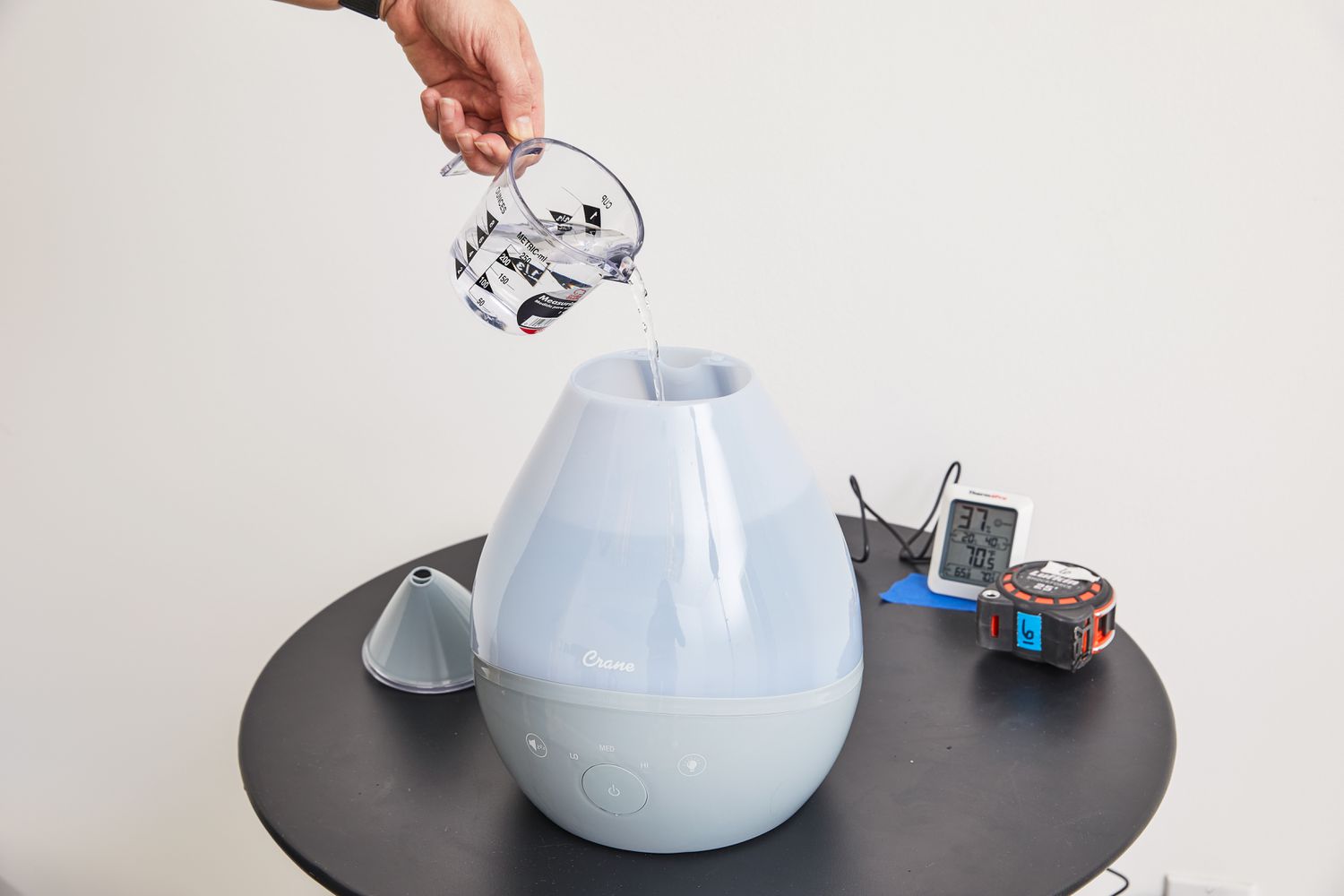
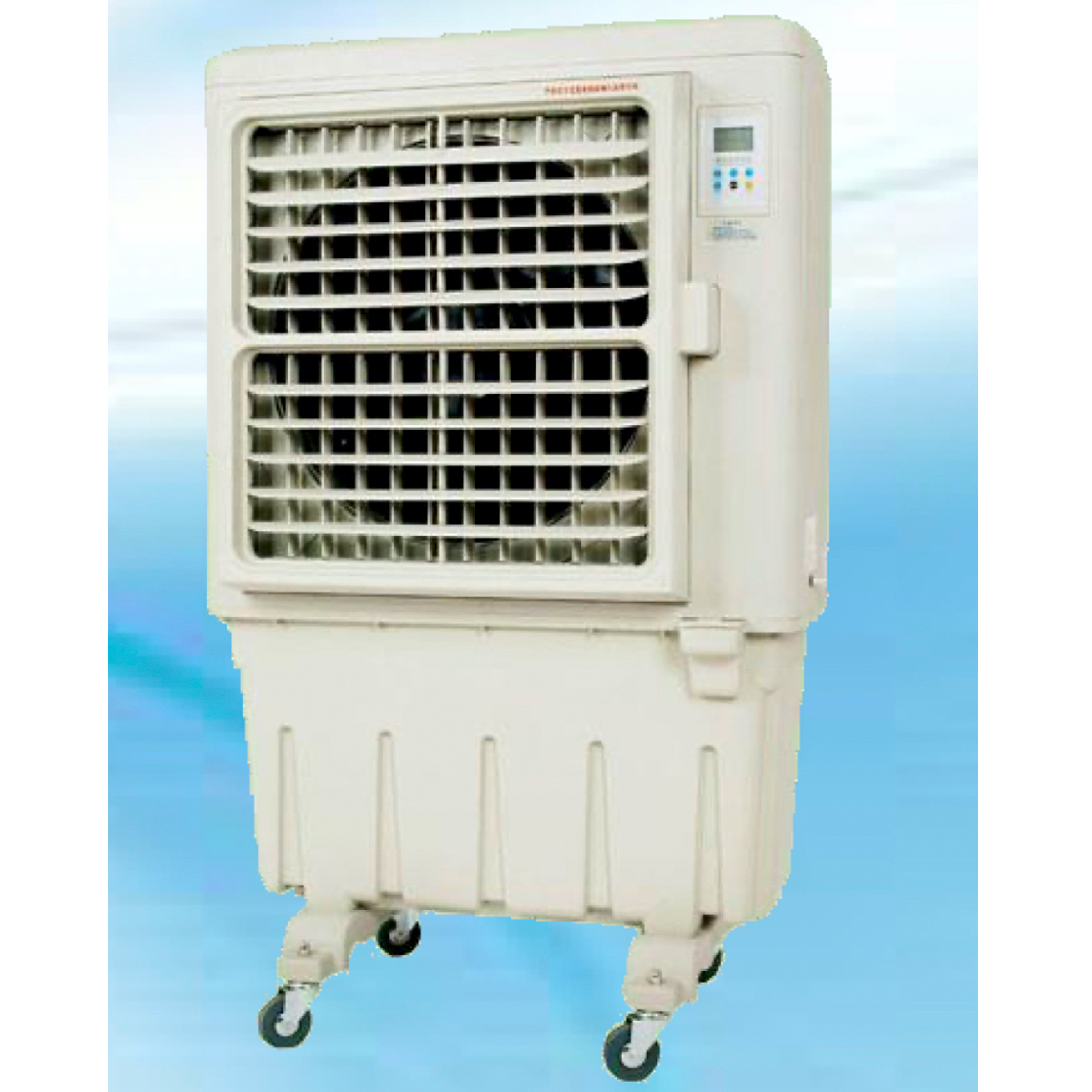
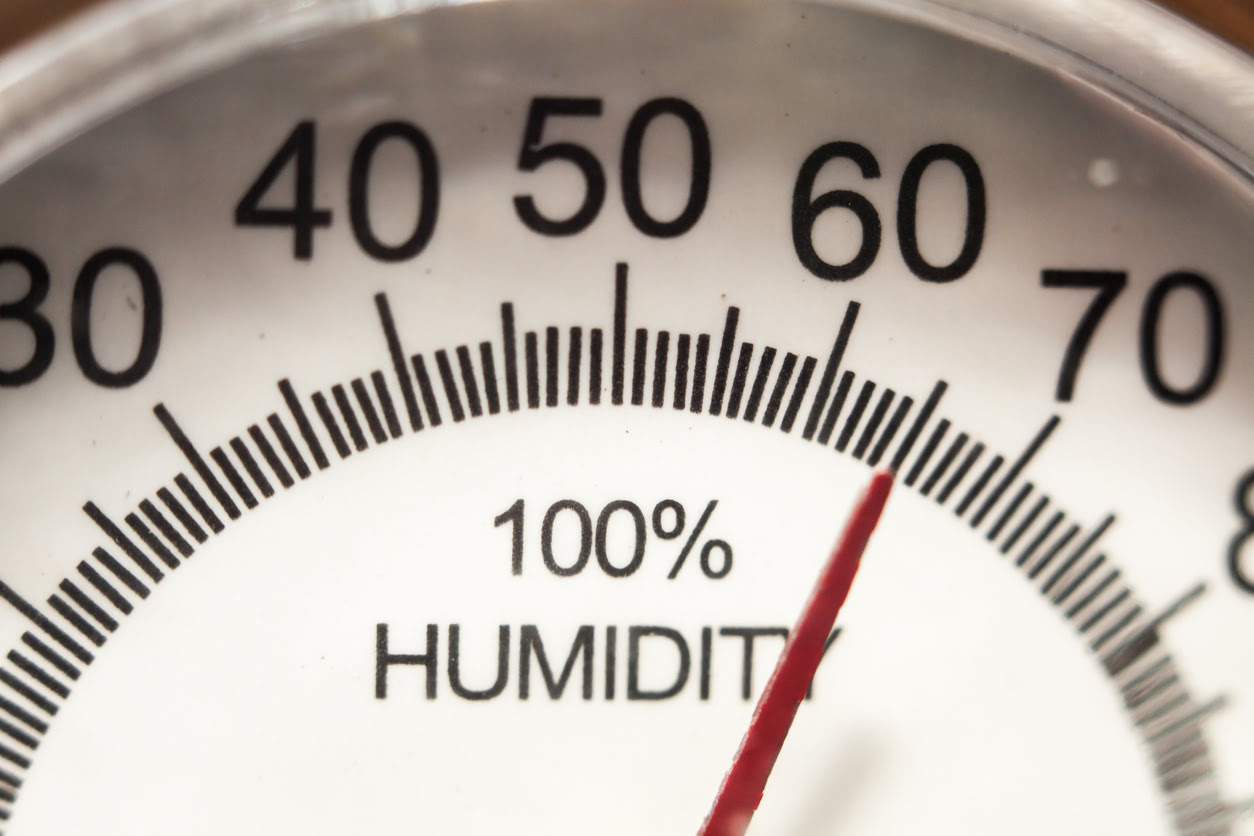
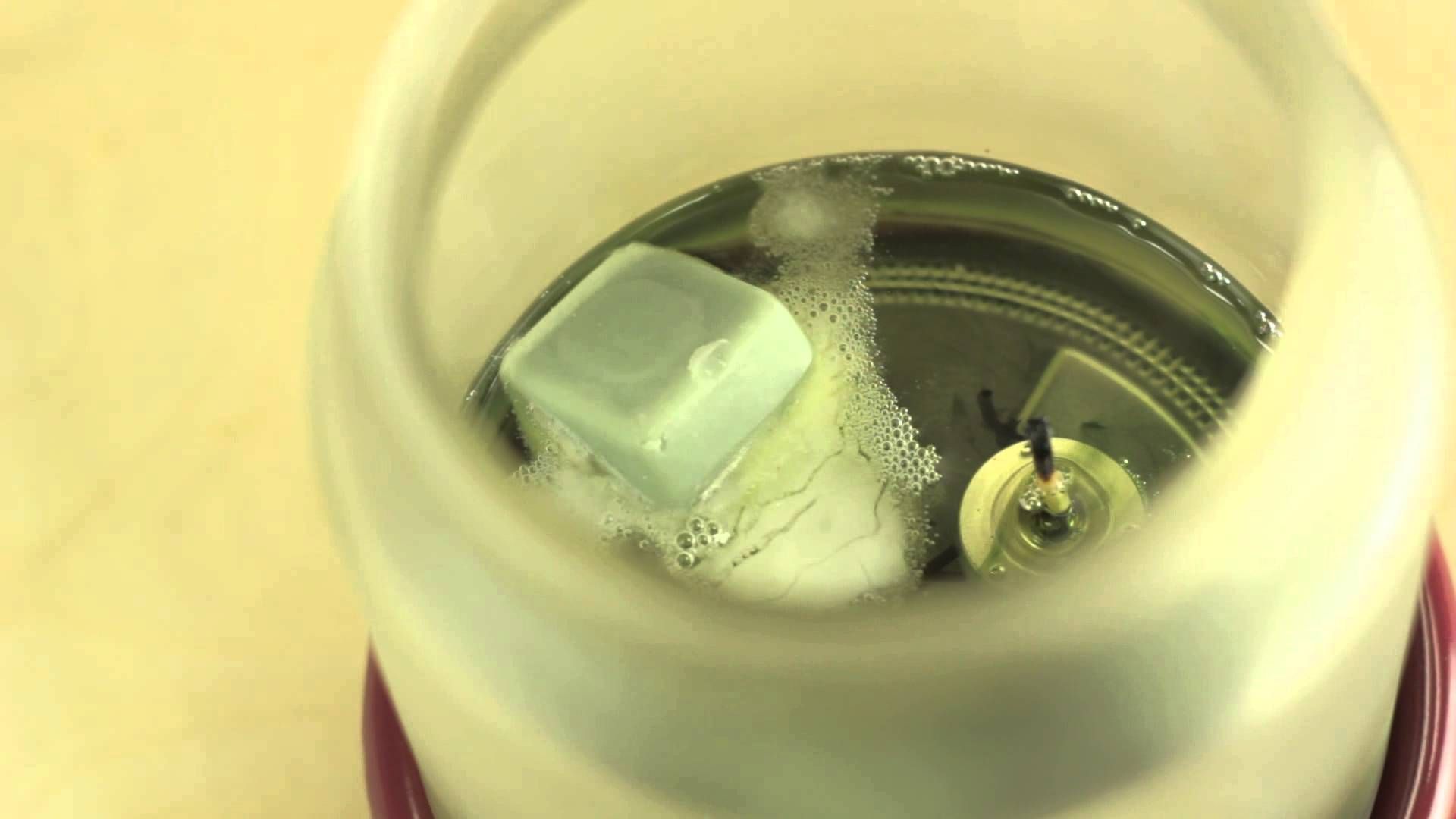
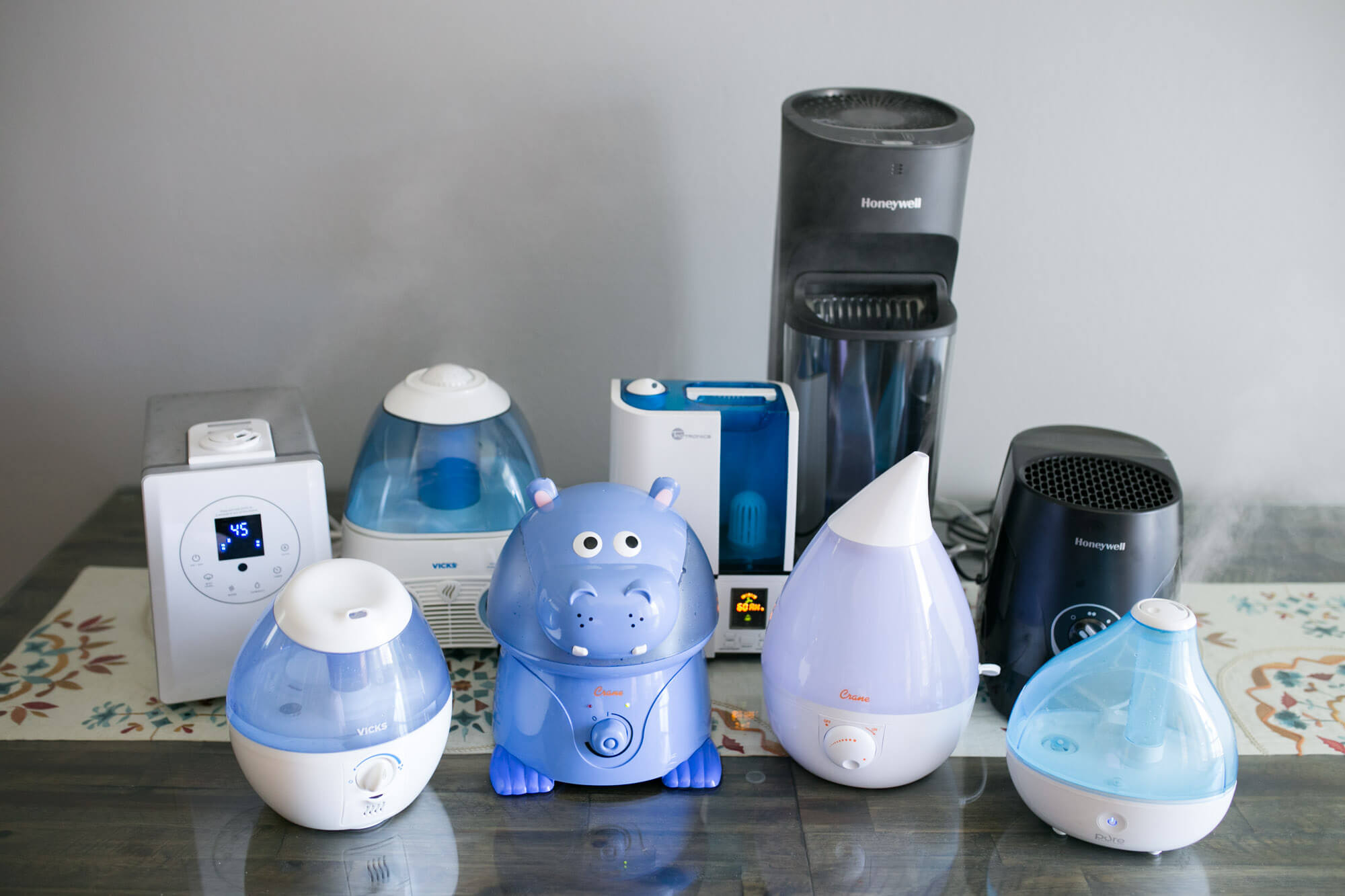
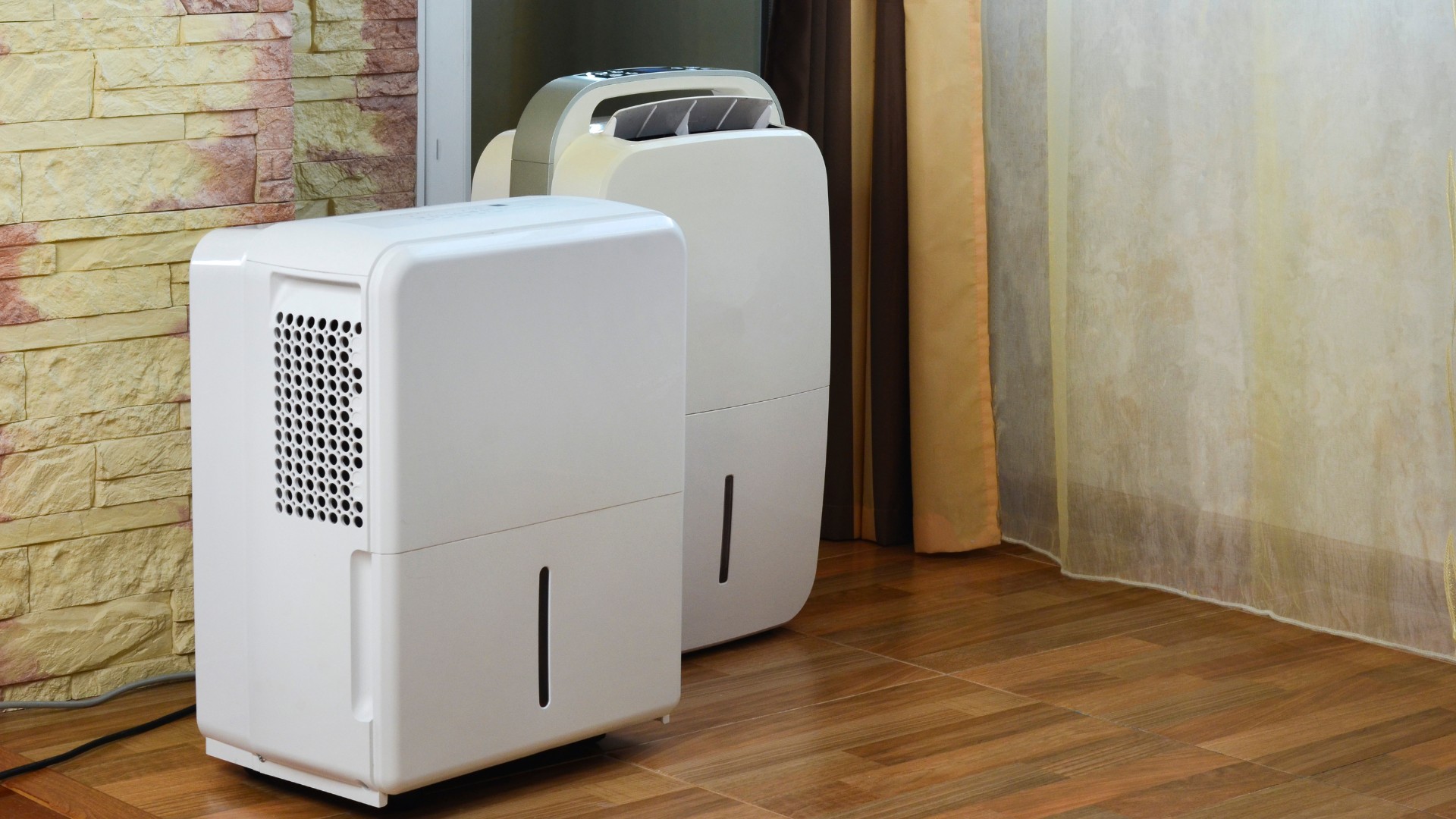
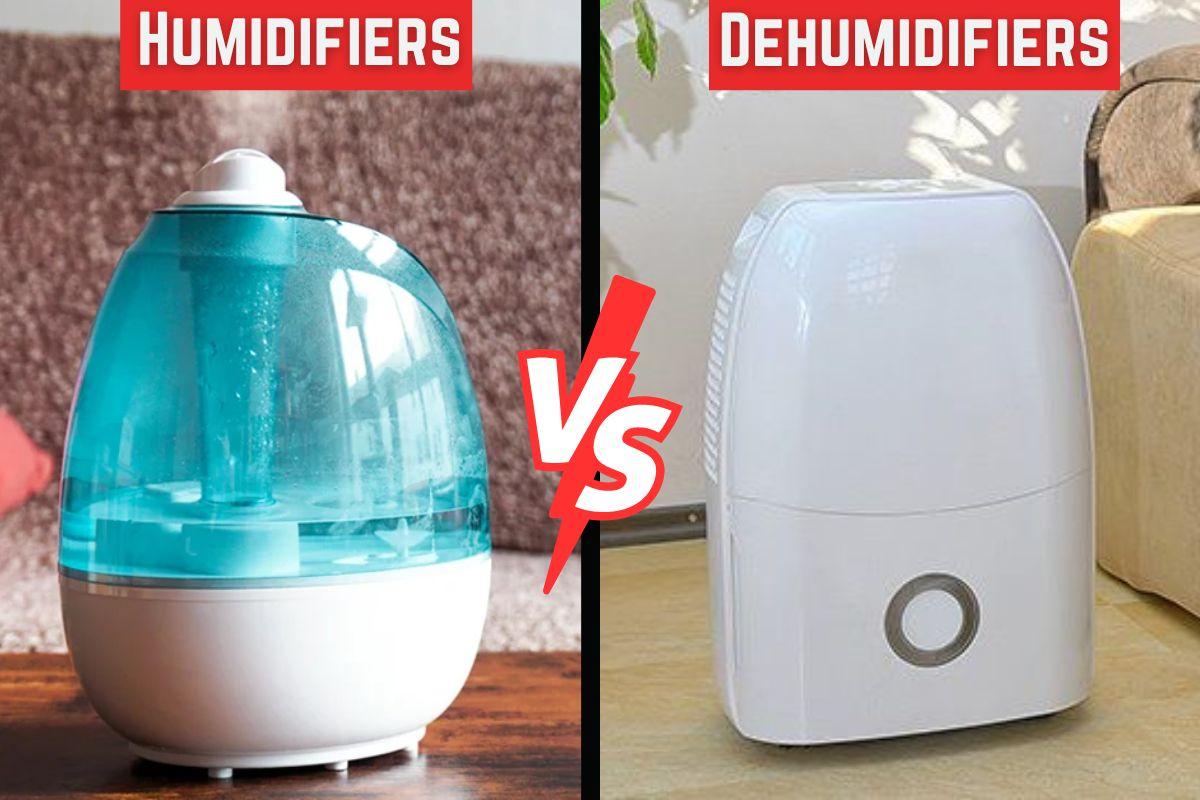

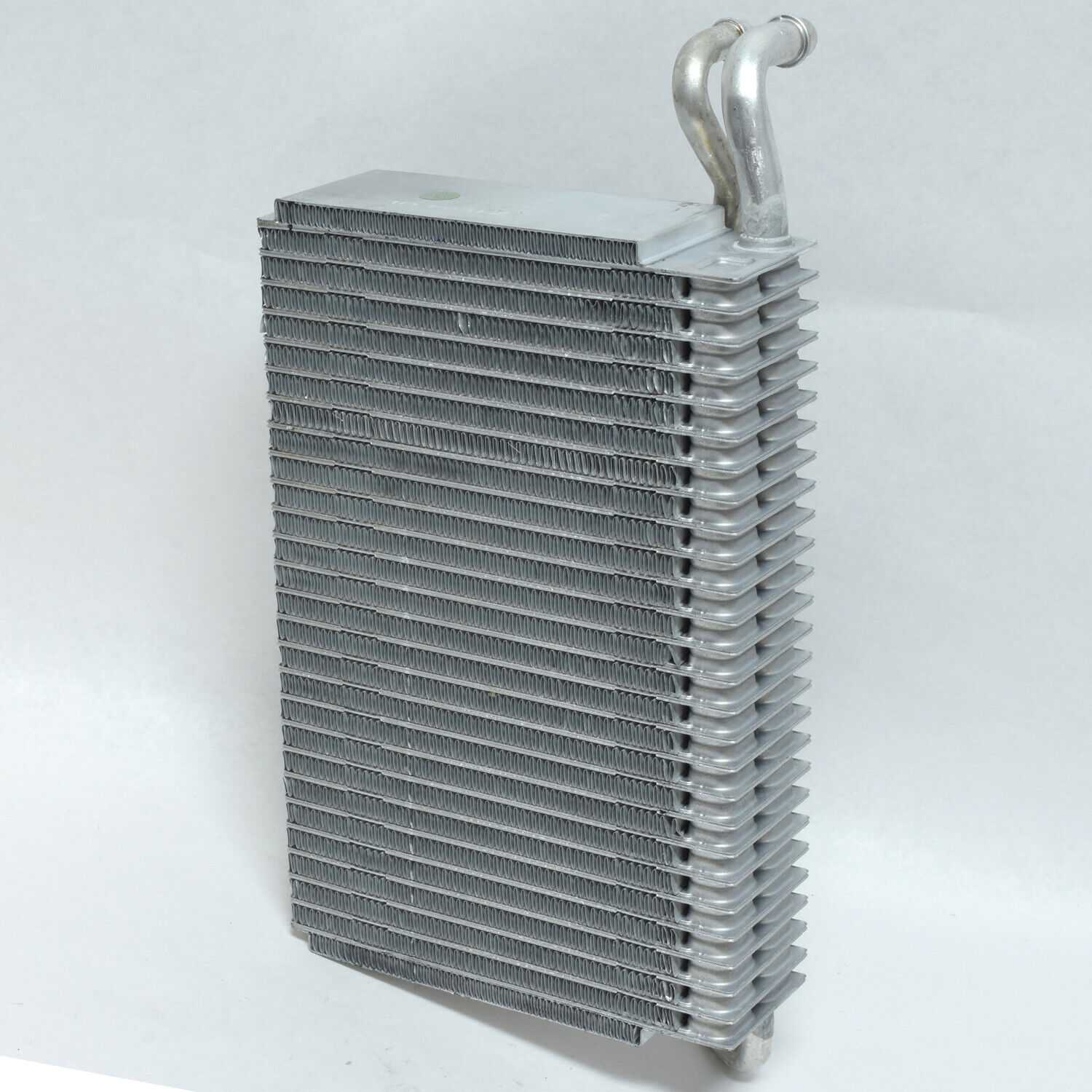
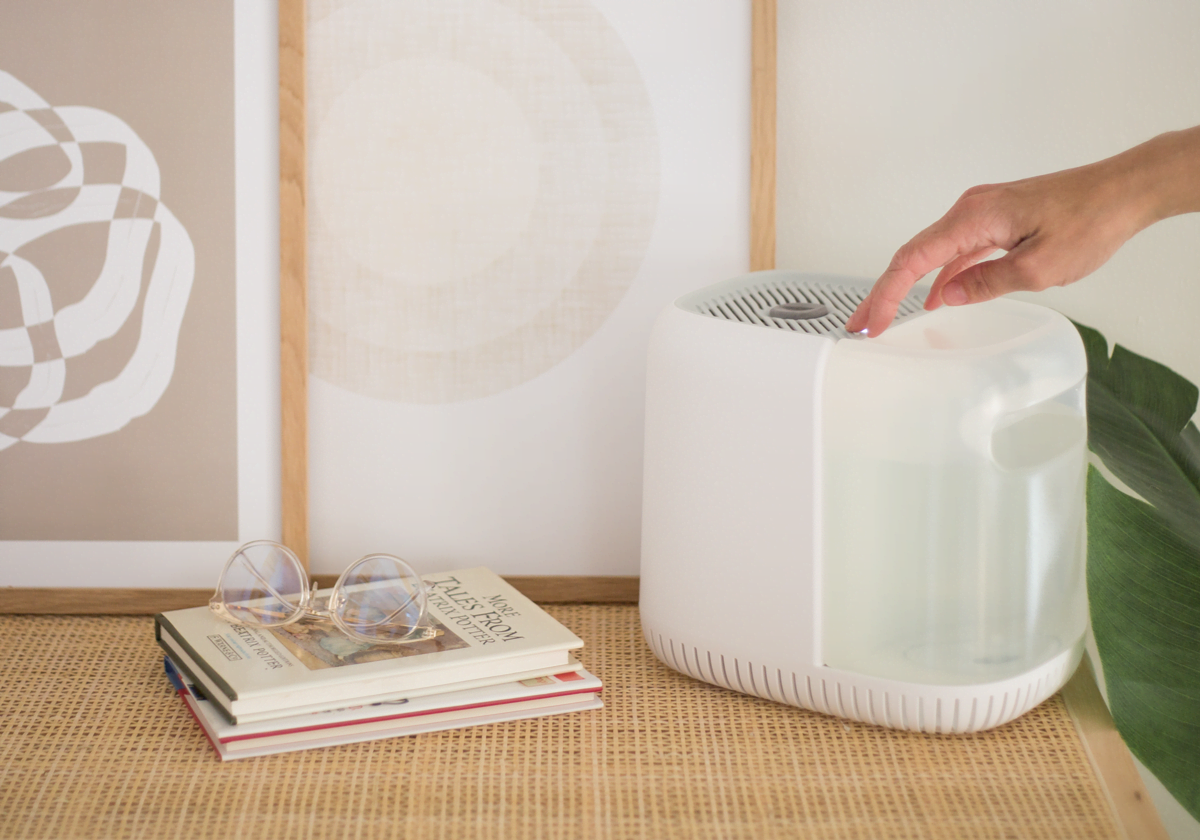
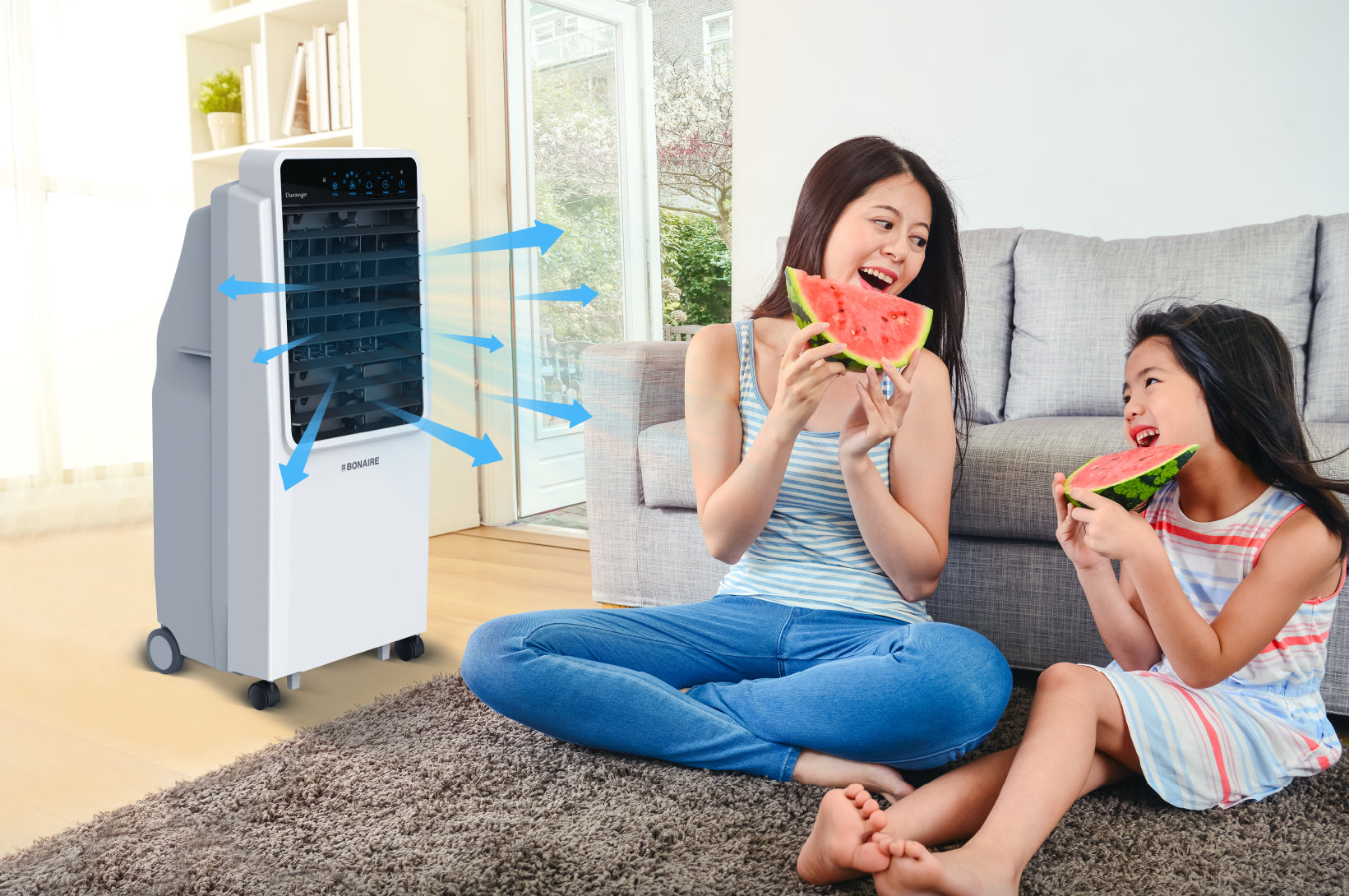
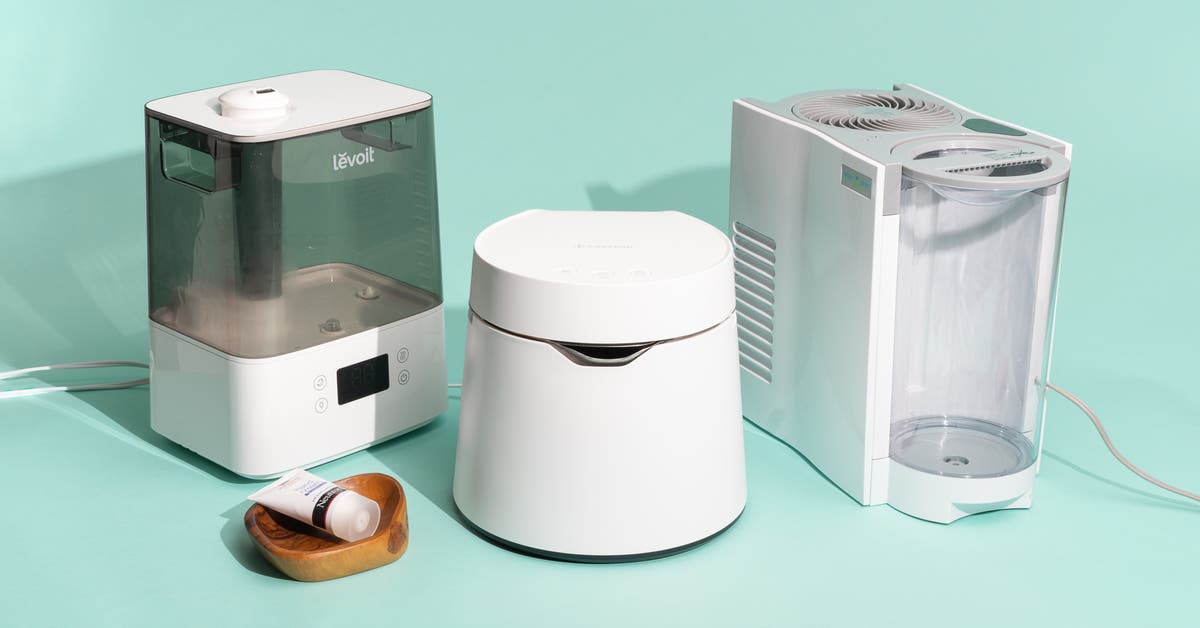
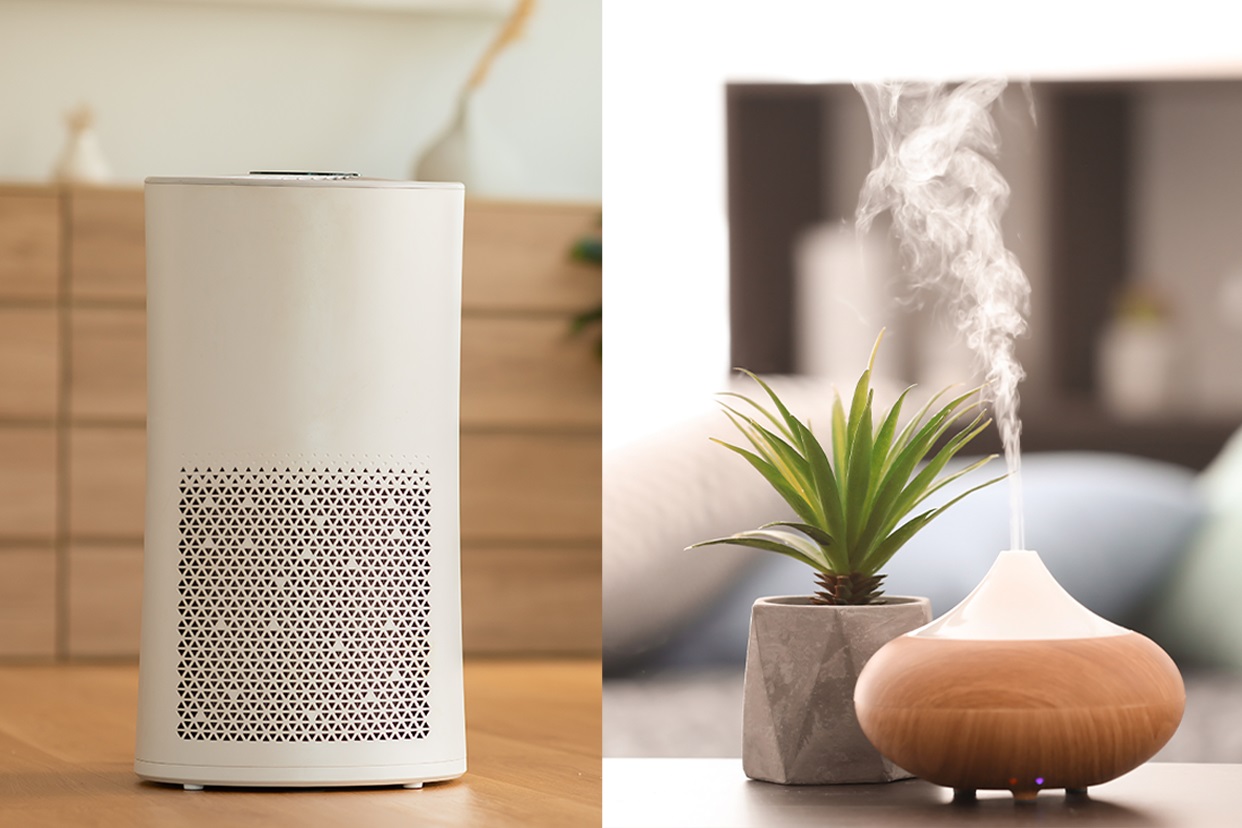
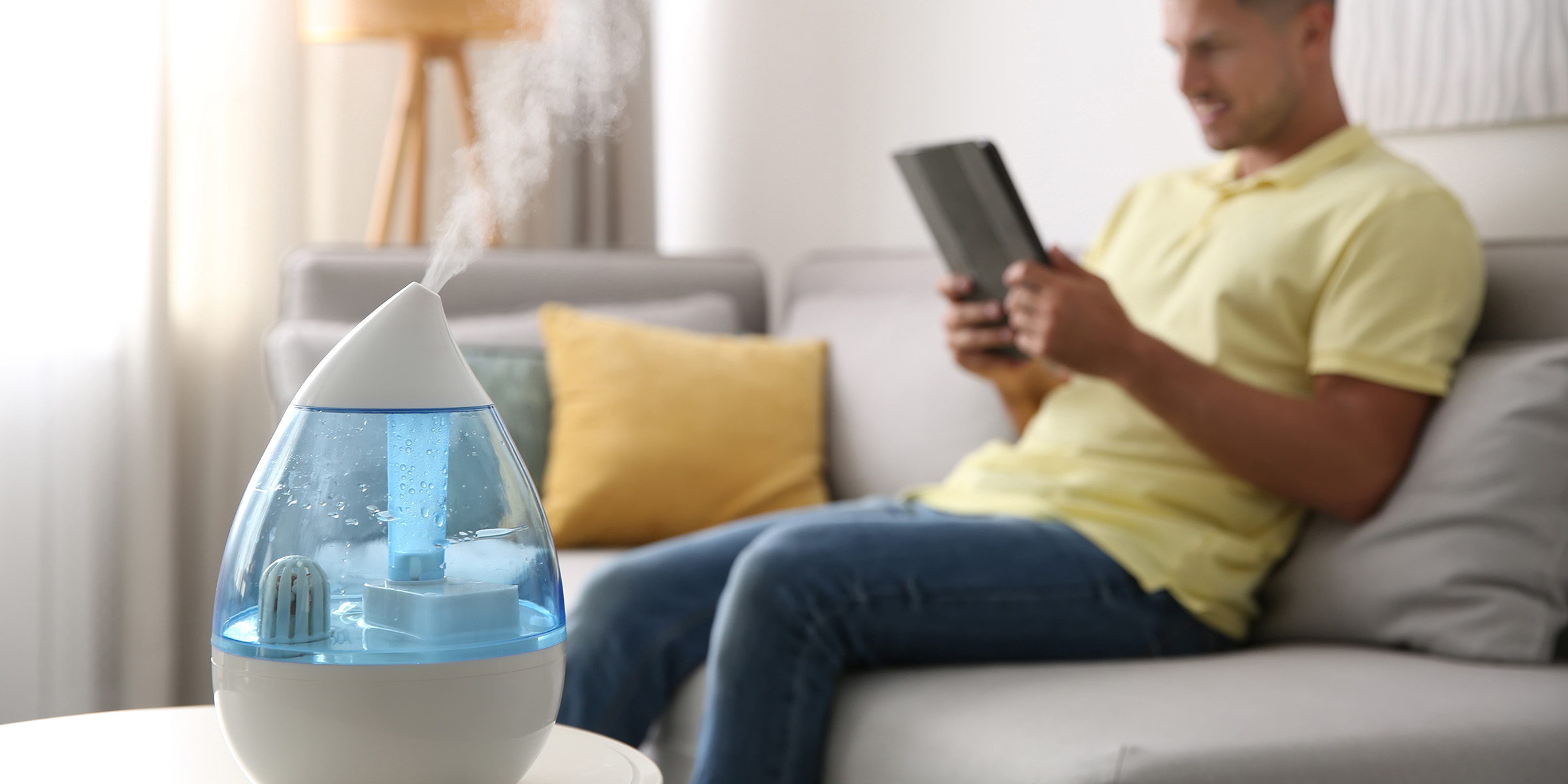

0 thoughts on “What Is Evaporative Humidifier”